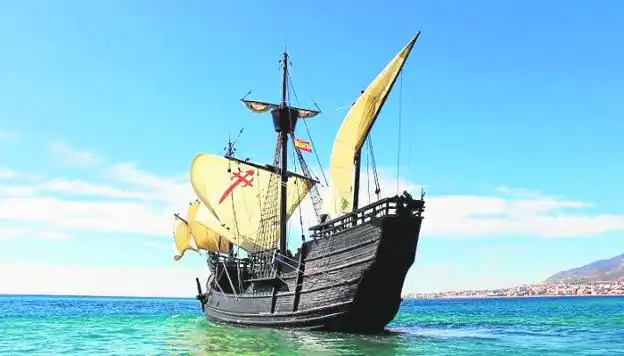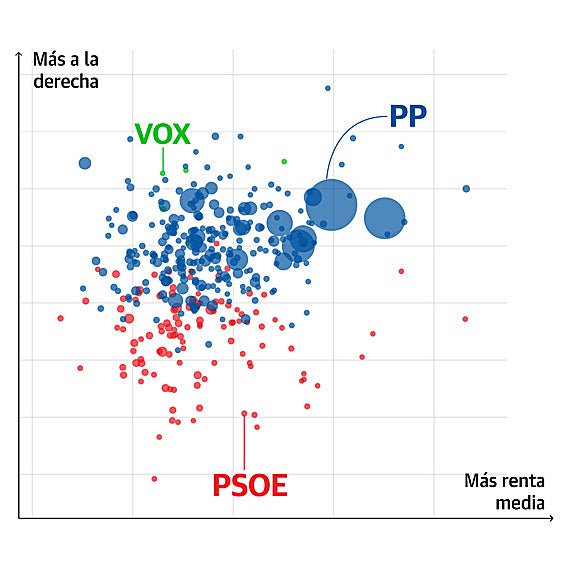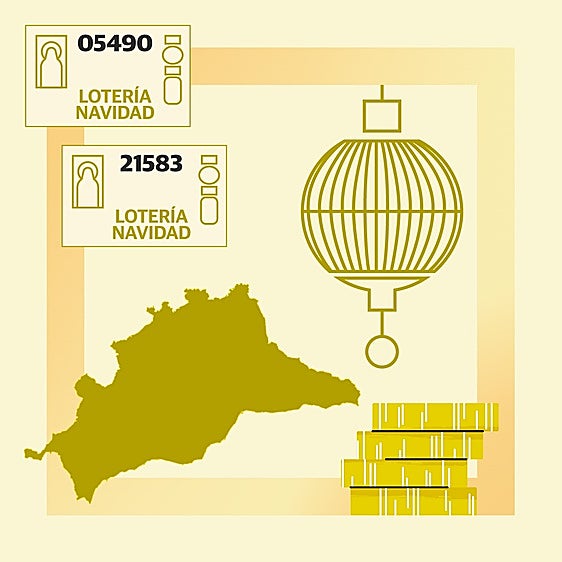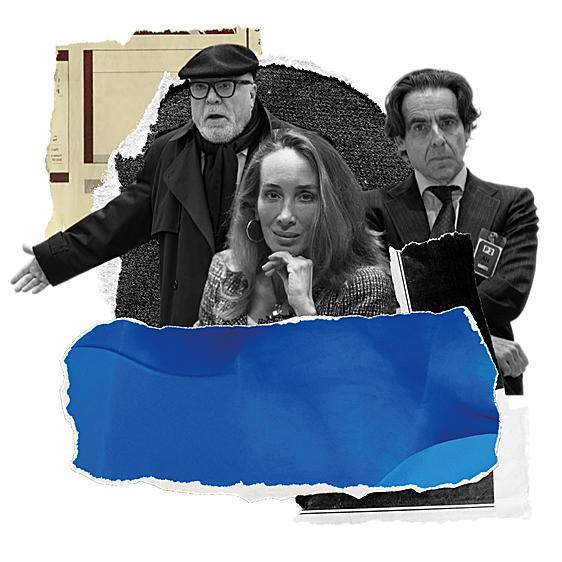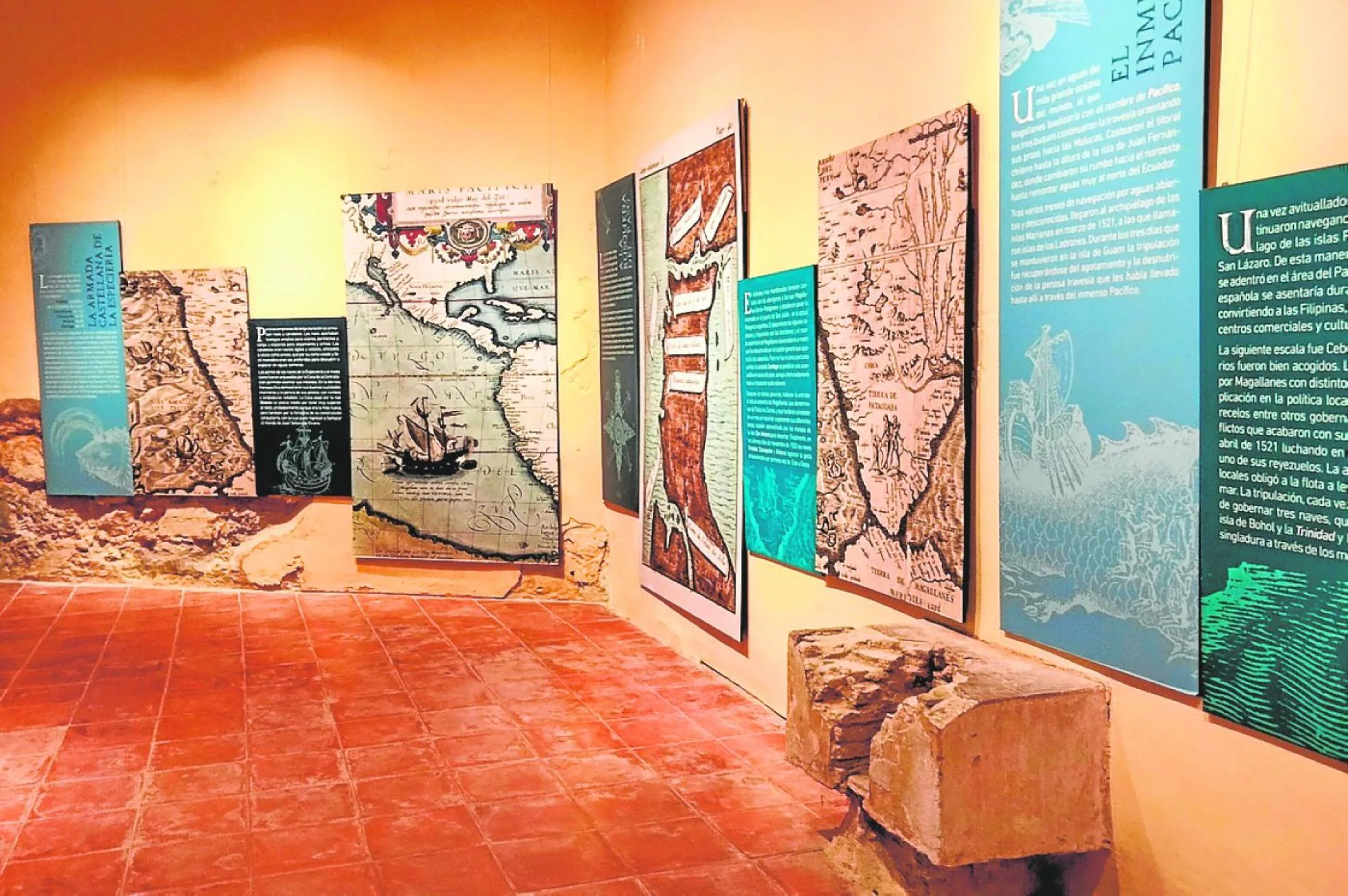From Andalucía to Andalucía: 500 years since the first voyage around the world
Anniversary. ·
On 6 September 1522, the only surviving ship, the Victoria, arrived at the Spanish port of Sanlúcar de Barrameda, marking the success of the first sea expedition to circumnavigate the globeALEKK M. SAANDERS
Friday, 16 September 2022
The story of the first ship to circumnavigate the world, begins with young Portuguese explorer, Ferdinand Magellan.
After losing the favour of King Manuel I of Portugal for his plan of reaching the Spice Islands by sailing westward from Europe, Magellan renounced his Portuguese nationality and offered his services to King Charles I of Spain.
The Spanish monarch believed in him and his project. On 10 August 1519, provided with ships and granted special powers and privileges, Ferdinand Magellan set sail from Seville.
At the mouth of the River Guadalquivir, the expedition stopped. There is a version that authorities of Sanlúcar de Barrameda tried to prevent the Portuguese admiral from travelling. However, five weeks later, on 20 September, five ships and 270 men set sail to try to find a western sea route to the rich Spice Islands of Indonesia.
First, they headed to West Africa and then to Brazil. Ferdinand Magellan was searching for a passage that would connect the Atlantic Ocean to the Pacific. After some failed attempts, the expedition went down to Patagonia and found the strait that separates Tierra del Fuego and the tip of the South American continent.
It took about six weeks to navigate the storm-battered sea passage, now known as the Strait of Magellan. Only three vessels survived that endeavour, one of them Magellan's.
Noticia Relacionada
Nao Victoria replica among sailing ships in Malaga this weekend
Magellan was, therefore, the first European explorer who reached the Pacific Ocean from the Atlantic. The "new" ocean received its "peaceful" name after the expedition crossed its waters finding them surprisingly calm.
In contrast, the men on the ships were not at all calm; their food had run out and they had to eat leather parts of the equipment so as not to die of hunger.
The long-desired islands
In March 1521 the fleet dropped anchor first at the island of Guam, and later landed at the Philippine island of Cebu, situated about 400 miles from the Spice Islands - Magellan's destination. It is believed that the first local tribe was easily converted to Christianity and Magellan erected a large wooden cross on the shores of Cebu. At the same time the Cebu leader persuaded Magellan and his men to help him in his battle with a rival tribe on a neighbouring island. On 27 April, a poisoned arrow hit Ferdinand Magellan on Mactan Island. It appears, soon after this failed attempt at attacking the island, Christianity was renounced, and the Europeans were lured into a trap where about 35 sailors were killed.
After Magellan's death, the Basque captain, Juan Sebastián Elcano, took the lead of the expedition.
From Cebu only two remaining vessels (they sank the third ship themselves) continued sailing to the Mollucas (the Spice Islands) where they loaded the hulls with the desired spice.
The mission was completed and both the vessels were ready to return to Spain. One of the vessels sailed eastwards, back across the Pacific Ocean and disappeared.
Juan Sebastián Elcano on his ship the Victoria decided to cross the Indian ocean. They rounded the Cape of Good Hope and, after passing along the Atlantic coast of Africa, reached Andalucía.
On 6 September 1522, The Victoria, with about 20 surviving sailors, landed at Sanlúcar de Barrameda with tales of a savage island in the East Indies.
Back to Seville
A few days later the vessel sailed about 70 kilometres further up the River Guadalquivir to reach Seville, the expedition's port of departure, thereby completing the first circuit of the globe.
This year, Sanlúcar de Barrameda is commemorating the 500th anniversary of the Magellan-Elcano voyage around the world.
The late 1400s castle, Castillo de Santiago, hosts the exhibition La I Vuelta al Mundo devoted to the world's first circumnavigation and the Fábrica de Hielo exhibition centre offers a general view of the legendary expedition with a replica of The Victoria.
Various other events have been taking place during this special year in Sanlúcar de Barrameda, especially this September.
